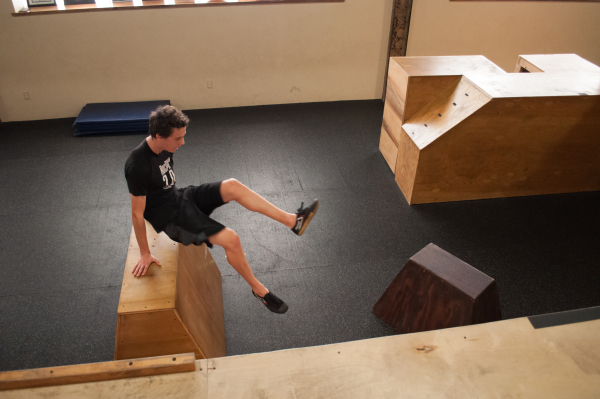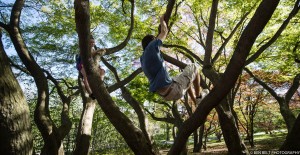Rochester’s Ninja Warrior Night!
On Monday, June 27th, NBC will be showing all the runs that took place in Pittsburgh to see which contestants will be selected to head on to Mount Midoryama in Las Vegas. Rochester’s own, Carl Fantauzzo, Jr. was selected to be spotlighted by NBC!
In commemoration, Rochester Parkour has decided to cancel its classes that night and turn the gym into a public obstacle course for kids and adults ages 6+! All obstacle courses will test participant’s coordination, balance, strength, and agility! Here’s the details:
Kid’s Course – 5-6:30pm
– Come anytime during the 90 minute section
– $10/kid
– Unlimited number of runs
– Ages 6-15
Enroll Here
Adult Course – 6:45-7:45pm
– Come anytime during the 60 minute section
– $10/participant
– Unlimited number of runs
– Ages 16+
Enroll Here
After the courses are done, both Rochester Parkour and our neighbors at Muller’s Cider House will be hosting ANW viewing parties from 8-10pm. Here’s the details:
RocPK ANW Viewing 8-10pm – Open House + Open Gym
– We’ll be setting up a TV in our lounge. Anyone can come watch!
– Want to know more about what services RocPK offers? Come ask us questions during this time!
– The gym will be open during the viewing and kids and adults can move around and play while watching. Open Gym passes will be discounted to $5/person
– Open Gym is restricted to ages 8+
Enroll Here for Open Gym – Open House and the Viewing are FREE
Muller’s Cider House Viewing 8-10pm
– ANW will be playing on the screen at the bar
– Adults 21+ will be able to buy a pint of their favorite cider (or try a new one from their constantly rotating draft line up)
– Not 21? No problem. Muller’s has lots of options available that are non-alcoholic including some delicious food and snacks!
***RocPK has an indoor shoe policy to ensure the safety of its space. Please remember to bring a pair of clean, indoor shoes that you or your kids can change into upon arriving.













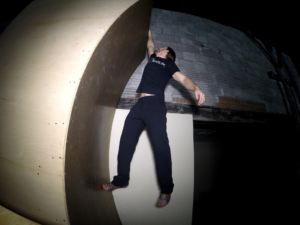
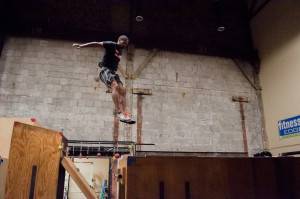
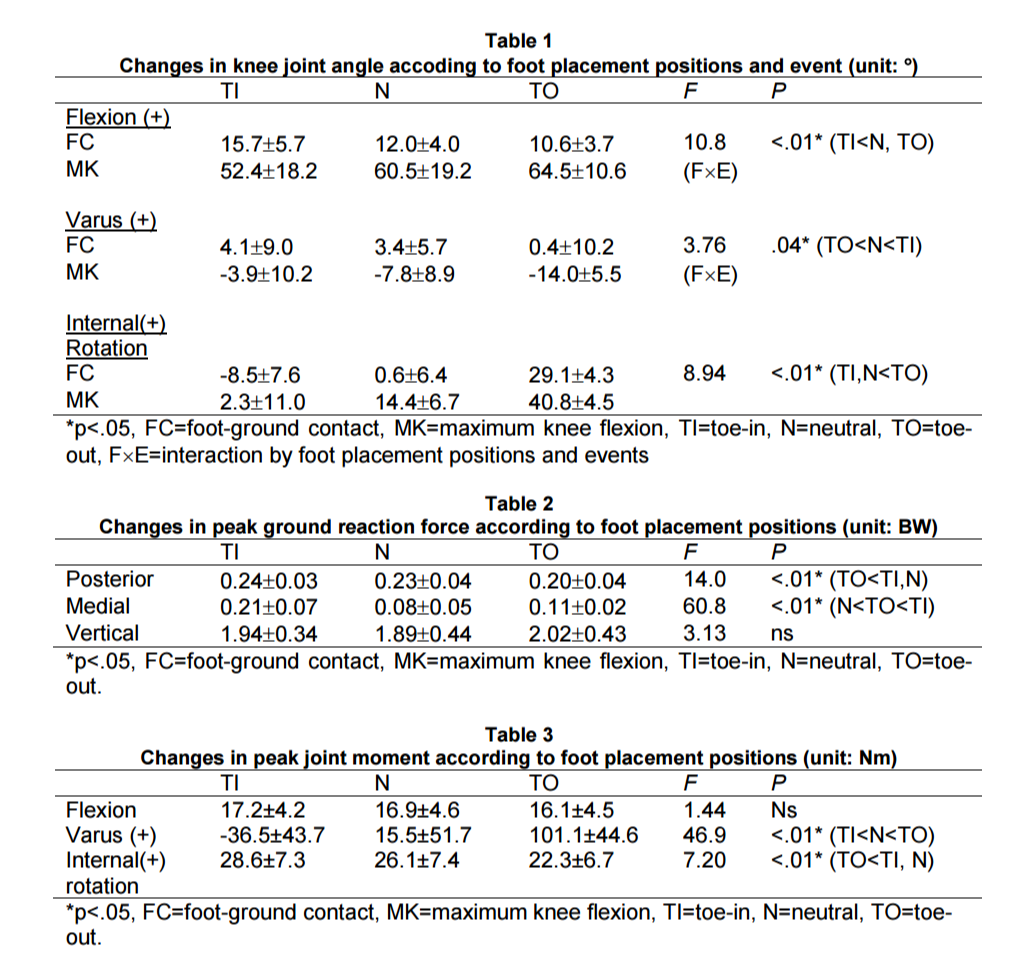
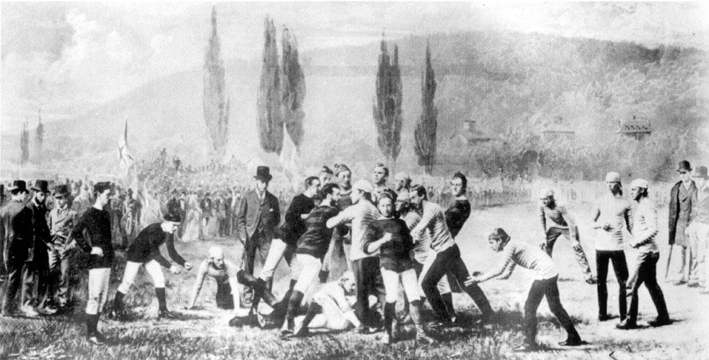


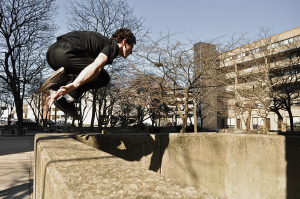




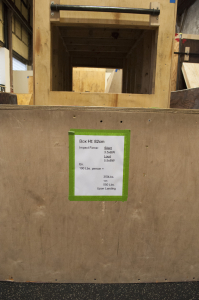
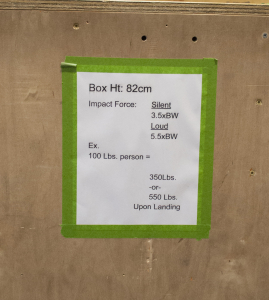
 “We know now that there is ‘method to our madness’ so to speak; parkour landings are safer for us to perform than traditional methods, but they’re unlikely to make us impervious to the potential consequences of sustained drops onto concrete. It’s important for the global parkour community – especially coaches, figureheads and organisations – to get behind this discussion and ensure that our mentoring practices and the language we use fits the situation at hand, because after all, we don’t yet know the truth about the long term affects of our landings.”
“We know now that there is ‘method to our madness’ so to speak; parkour landings are safer for us to perform than traditional methods, but they’re unlikely to make us impervious to the potential consequences of sustained drops onto concrete. It’s important for the global parkour community – especially coaches, figureheads and organisations – to get behind this discussion and ensure that our mentoring practices and the language we use fits the situation at hand, because after all, we don’t yet know the truth about the long term affects of our landings.”